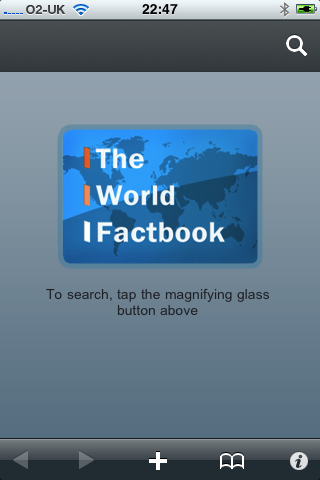Like most colleges we do provide access to a range of digital and online resources. There is some fantastic content out there which is either available for free or for a relatively low cost subscription.
Feedback from learners, talking to managers and practitioners, show that these resources are not as well used as they could be. There are a range of reasons given why both practitioners and learners do not use them, and in some cases do not even consider using them. These vary from the usual, not enough time, to access issues, or as often happens they didn’t know the college subscribed to them…
Didn’t they have a library induction?
Didn’t they read the e-mail?
The reality is that resources shown at induction or identified in an e-mail will be noted, but not generally remembered. Unless they are use to accessing online resources or are sign-posted to use online resources; they won’t use online resources.
This isn’t just about online resources, experience in my institutiuon and talking to others in a similar position, demonstrate that learners won’t be using books and journals in the library unless they are use to using them or sign-posted to use them.
So who sign-posts?
Well obviously the library staff (learning resources team) can do this with learners who are in the library. They can go and meet with learners in the classroom and inform them of the availability of resources. But these tactics are in many ways like inductions or e-mails, they may not be at the point of need and learners may not readily identify or link the resources to their topics or assessed work. The “clever” learners will know that they can go the library staff when they have a “need” and get signposted that way.
One thing practitioners can do is to sign-post resources to their learners during lessons, within assignments and on the VLE. If a learner wants to get the best grade possible, either in exams or assessed work, they need to use a much wider range of resources than what is made available in the classroom, the library and online resources are two prime locations for these resources. Not all learners know that and not all practitioners realise that they need to signpost to their learners about this. Some may think it so obvious that they don’t even mention it… that can be a mistake.
So how do we change things, so that learners are aware of what online resources are available or what the function of the library is?
Practitioners need to be made aware of the value of the resources available and working with the library staff enable easy access to those resources for their learners.
Some examples.
- For every course on the VLE each team will identify at least one e-book from the e-Library (currently 3,000 e-books in the collection) and link to that book from the course. The team will promote the e-book to their learners. Usage stats will be taken at the end of the academic year.
- All practitioners to attend a session on the online resources available to the college, all practitioners to choose at least one online resource that they will use with their learners on one of their courses.
- Learners are recorded about how an online resource helped them understand a topic better, or complete an assignment successfully.
We are so lucky now to have such a huge range of online resources and content, to ignore it is missing a trick. But getting both learners and practitioners to take advantage of them, is not just down to wishful thinking, but requires communication and planning.












